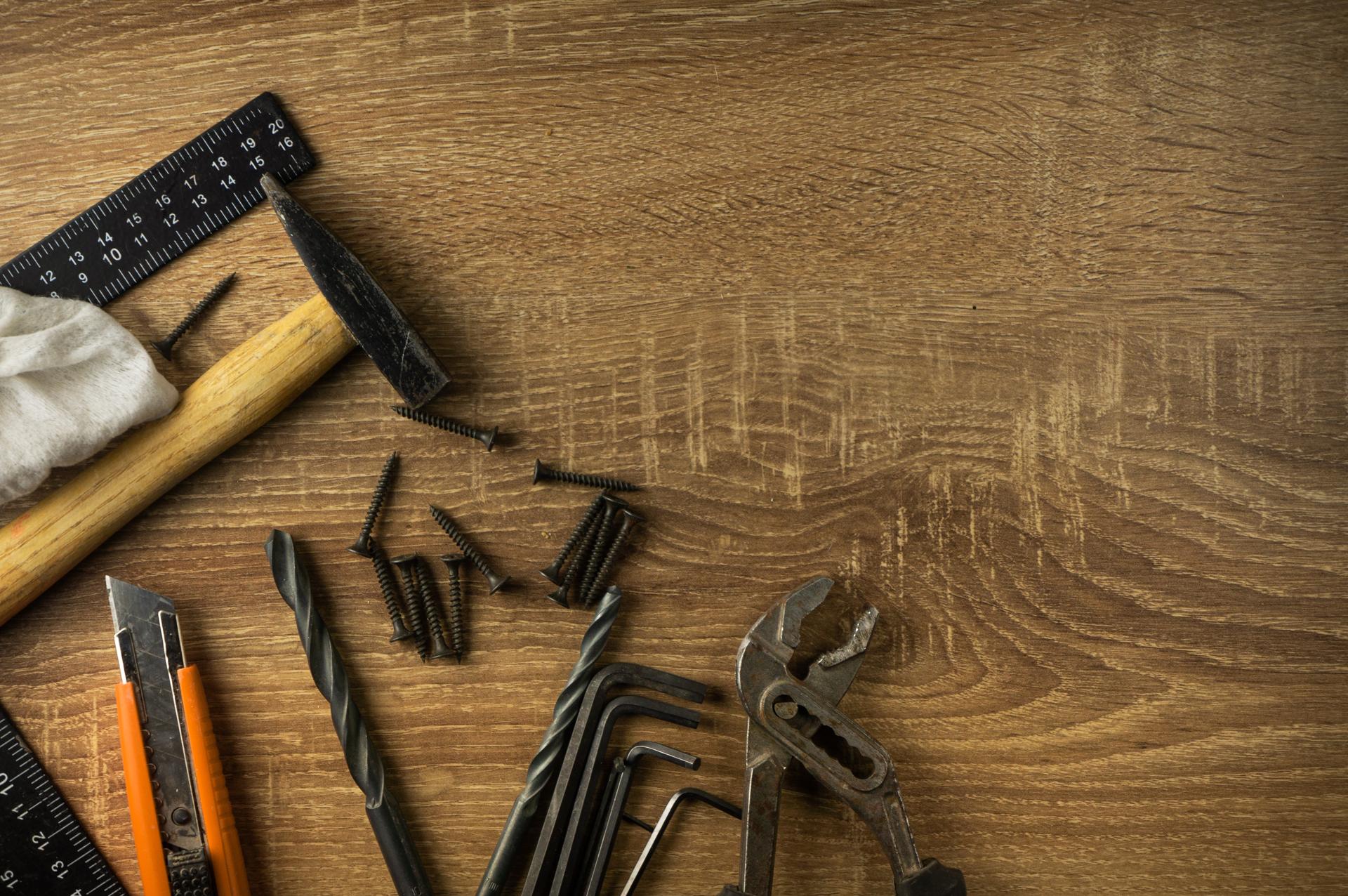Refuse to Call a Plumber! Discover How to Address Frequent Plumbing Issues Yourself

They are an integral element of any household. If they are not maintained properly they could be a source of many problems which can cause inconvenience and expensive repairs.
But, there are many benefits to learning how to resolve minor plumbing issues yourself, like saving money and learning valuable abilities. The following article we’ll examine common plumbing issues and the DIY methods to fix them.
Common Plumbing Problems
Dripping Faucets
Dripping faucets aren’t only frustrating, but they also waste a significant quantity of water in the course of time. The most common cause of the faucet to drip is a damaged washer or O-ring. To fix this issue switch off water to your faucet. Then, remove the handle, and replace the damaged washer or O-ring.
Running Toilets
A running toilet is another frequent plumbing problem that could result in a significant loss of water. The most common reason is a defective flapper valve that doesn’t seal properly, allowing water escape from the tank and into the bowl. To resolve this issue shut off your water source to the toilet. take off the lid from the tank, and adjust or replace the valve that seals it.
Clogged Drains
Drains that are clogged can be caused by various things such as hair, soap, and food particles. To fix this issue it is possible to use a plunger or a drain snake to get rid of the blockage. Alternatively, you can make a paste of vinegar and baking soda to break up the blockage.
Low Water Pressure
Low pressure water in the pipes could be due to a variety of factors such as mineral buildup in pipes or a faulty pressure regulator. To fix this issue try cleaning the aerator or replacing the pressure regulator.
Tools required for DIY plumbing
To carry out DIY plumbing, you will need a few essential tools such as an adjustable wrench, a plunger pipe wrench Teflon tape, and a screwdriver. The tools you have on hand can make it much easier to solve minor plumbing problems.
Safety Tips for DIY Plumbing
Security should be the top priority whenever you are performing any plumbing repair DIY. Some safety tips to keep in mind include turning off the water supply before making any repairs, and wearing gloves and safety glasses as well as keeping a first-aid kit on hand in the event emergency situations.
DIY Plumbing Techniques
To resolve common plumbing issues it is necessary to master some DIY plumbing methods, such as how to turn off your water source or repair a leaky faucet and how to fix an unresponsive toilet, how to unclog a drain, and how to increase water pressure. These techniques can save you time and money on minor plumbing repairs.
Conclusion
In the end, knowing how to repair minor plumbing problems yourself can be beneficial in various ways. Not only will it help you save costs, but you could also give you an appreciation for your efforts and valuable abilities. But, for more substantial plumbing problems, it’s recommended to contact an experienced plumber.
FAQ
Can I fix a plumbing problem myself?
Yes, you can repair minor plumbing issues yourself by learning a few basic DIY plumbing techniques.
What are the most frequent plumbing problems?
The most frequent plumbing issues are dripping water from faucets blockages in drains, as well as low pressure water.
What tools will I require to do my own plumbing?
You’ll need some essential tools such as the plunger, an adjustable wrench pipe wrench, Teflon tape, and a screwdriver.
Is DIY plumbing safe?
DIY plumbing can be secure if you adhere to safety guidelines and take the appropriate steps.
When should I contact a professional plumber?
It is recommended to contact a professional plumber for significant plumbing issues that require specialized equipment and experience.
